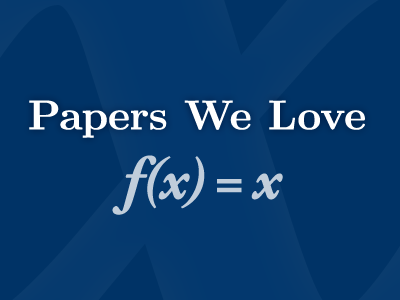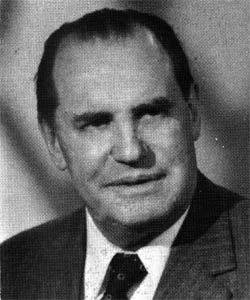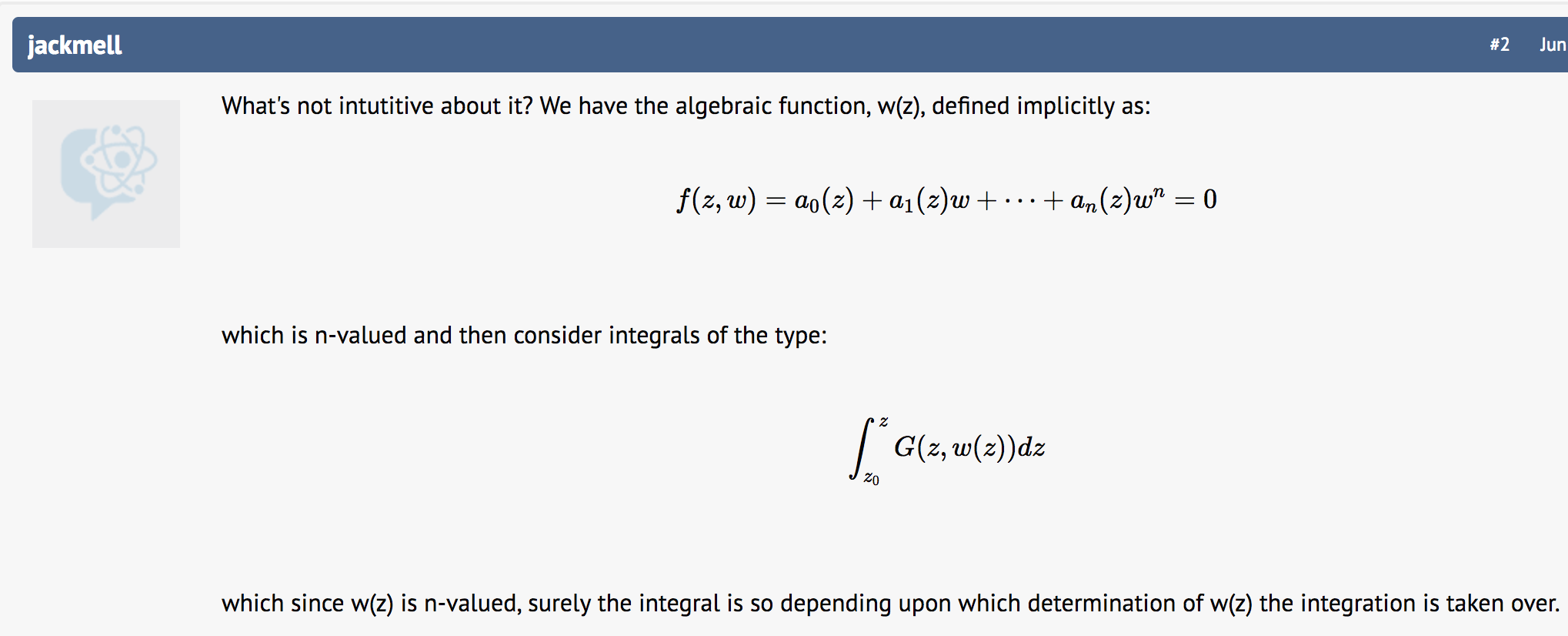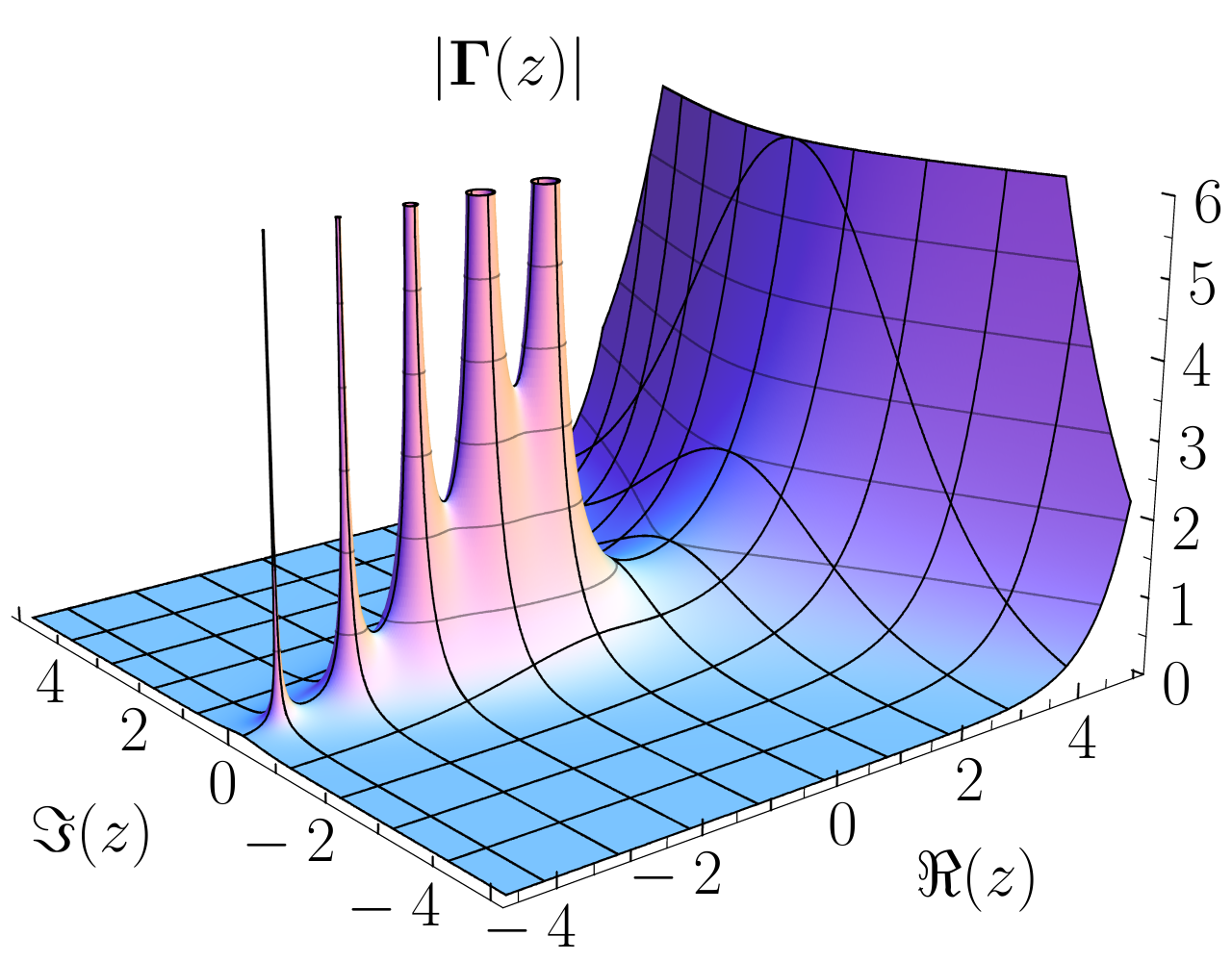
Madrid - April, 2017
Historical Development of Algebraic Geometry
J. DIEUDONNÉ, interpreted by @hannelita
Who are you?

Hi! I'm Hanneli (@hannelita)
- Computer Engineer
- Programming
- Electronics
- Math <3 <3
- Physics
- Lego
- Meetups
- Animals
- Coffee
- Pokémon
- GIFs

Olá! I'm Hanneli (@hannelita)
- Computer Engineer
- Programming
- Electronics
- Math <3 <3
- Physics
- Lego
- Meetups
- Animals
- Coffee
- Pokémon
- GIFs

This is my first time at PWL! :)
Who is this author?

- Jean Dieudonné - 1906 -1992
- Your neighbour (French)
- He taught in France, in the USA and also in Brazil!
- Research in abstract algebra, algebraic geometry and functional analysis
Why this paper?
Algebraic
Geometry




What is the relation between curves and programming?
- Computer vision / Computer Graphics
- Linear/non-linear programming (geometric solutions)
Computational
Geometry
GIS, computer vision, computer-aided engineering, Integrated-circuit design
Am I missing something?

What is the relation between geometry and programming?
- Computer vision / Computer Graphics
- Linear/non-linear programming (geometric solutions)
- Algorithm complexity
- Elliptic curve cryptography
I was
According to Wikipedia:

And now, finally, the
Historical Development of Algebraic Geometry
The structure of this paper
and presentation
a. Mention something that happened in history
b. Associate with a field in Mathematics
c. Come up with interesting relations
Disclaimer
I don't understand 100% of the definitions on this paper :')
We won't cover every detail on this extensive study
No formalism - sorry! Simplicity.
Goals
Better connection between maths - programming
New fields for research
How are these pieces connected?
Too many fields, too many theorems
"Algebraic geometry has more open problems than solved ones"
Algebraic Geometry
Classification
Transformation
Infinitely
near points
Extending the Scalars
Extending the space
Analysis and Topology
Commutative Algebra
1. The Greeks (The Geometry folks)
Geometry to solve algebraic problems
Apollonius studies conics
Beginning of analytic geometry
~630 BC
2. Analytic Geometry
1630 - 1795
Descartes, Fermat, Newton, Leibniz
Parametric representations, surfaces, coordinates
2. Analytic Geometry
1630 - 1795
Descartes, Fermat, Newton, Leibniz
Parametric representations, surfaces, coordinates
Classification
Transformation
Infinitely
near points
2. Analytic Geometry
1630 - 1795
Descartes, Fermat, Newton, Leibniz
Parametric representations, surfaces, coordinates
Classification
Transformation
Infinitely
near points
Theory of Determinants
3. Projective Geometry
1795 - 1850
Development of conics and quadrics (FINALLY!)
3. Projective Geometry
1795 - 1850
Development of conics and quadrics (FINALLY!)
Extending the Scalars
Extending the space
3. Projective Geometry
1795 - 1850
Development of conics and quadrics (FINALLY!)
Extending the Scalars
Extending the space
Complex points
n-dimensional spaces
3. Projective Geometry
1795 - 1850
Klein
Geometry and Group Theory (Galois)
WHAT IS GROUP THEORY?
3.1 Group theory made simple
"Group Theory tries to collect patterns in mathematical objects and put them in such way that we can analyse symmetries"
TAVANTE, H. 2016 (me)
https://medium.com/@hannelita/a-summary-of-topics-in-mathematics-ff573e520986
3.1 Group theory made simple
If I take this object, what happens if I rotate it clockwise? Is there any other element with the same behaviour?
Group theory helps you to detect patterns.
If I make some transformations on this object, it will be identical to another structure
3.1 Group theory made simple
If I take this object, what happens if I rotate it clockwise? Is there any other element with the same behaviour?
Group theory helps you to detect patterns.
If I make some transformations on this object, it will be identical to another structure
Transformation
3.2 Towards projective geometry
Forget the distance. This about the configuration of the points and lines. The metric doesn't matter.

Desargues, Poncelet
4. Birrational Geometry
1850 - 1866
Riemann
"... transcendental approach via abelian integrals was important to algebraic geometry"
4. Birrational Geometry
1850 - 1866
Riemann
"... transcendental approach via abelian integrals was important to algebraic geometry"

4.1 Abel
Me: "I don't understand the meaning of 'abelian integral' "

4.1 Abel
Abelian integral
4.1 Abel
Why is it important?
Multi-valued expression that is easy to manipulate!
Multi-valued expressions can denote surfaces
Riemann comes in! Using Abel ideas, he changes the initial object
4.2 Back to group theory
Function with this property

Holomorphic
(Complex function differentiable in every point of its domain)
Except on single "peaks"(poles)

Meromorphic
Function
4.2 Riemann's idea
Function with this property

Holomorphic
(Complex function differentiable in every point of its domain)
Except on single "peaks"(poles)

Meromorphic
Function
(Ex: Gamma function ^)
Random question: Given two functions, are they isomorphic (map one to another)?
How can I compare them in different spaces?
Take Abel's rational functions idea - Birrational geometry
The object is always a rational
4.2 Riemann's idea
Riemann notices some invariants on these functions (genus)
4.2 Riemann's idea
Classification
Break - Breathe!

5. Development and Chaos
1866 - 1920
Riemann inserted several ideas for algebraic geometry. Different schools tried to extend them with different approaches
4 different attempts:
5. Development and Chaos
1866 - 1920
a) The algebraic approach - Kronecher, Dedeking and Weber
Algebraic geometry and Number theory
5. Development and Chaos
1866 - 1920
a) The algebraic approach - Kronecher, Dedeking and Weber
Algebraic geometry and Number theory
"adding and product of integers (module a prime number) has
the algebraic structure of a finite field" - credits by Luis L., attendee
5. Development and Chaos
1866 - 1920
a) The algebraic approach - Kronecher, Dedeking and Weber
Algebraic geometry and Number theory
Commutative Algebra
5. Development and Chaos
1866 - 1920
a) The algebraic approach - Kronecher, Dedeking and Weber
Algebraic geometry and Number theory
Commutative Algebra
(Study of objects where the multiplication is commutative)
5. Development and Chaos
1866 - 1920
a) The algebraic approach - Kronecher, Dedeking and Weber
Algebraic geometry and Number theory
Commutative Algebra
(call these objects 'rings')
5. Development and Chaos
1866 - 1920
a) The algebraic approach - Kronecher, Dedeking and Weber
Algebraic geometry and Number theory
Commutative Algebra
*What is a non-example of commutative ring?*
5. Development and Chaos
Why is commutative algebra important?
Statistics and combinatory - think about ML and AI
a) Algebraic geometry and Number theory
5. Development and Chaos
M. Noether and Brill
b) Theory of linear systems of points of a curve
Infinitely
near points
Extending the space
No rational functions - any polynomials.
Quadratic transformations
5. Development and Chaos
Cayley, Clebsch and Noether
c) Integrals of differential forms on higher dimensional varieties
Back to rational functions (ROLLBACK!)
5. Development and Chaos
Cayley, Clebsch and Noether
c) Integrals of differential forms on higher dimensional varieties
Back to rational functions (ROLLBACK!)
Analysis and Topology
Infinitely
near points
5. Development and Chaos
c) Integrals of differential forms on higher dimensional varieties
What would it be a good invariant to observe in a surface?
"Number of holes"
How do you measure that in an n-dimensional scenario?
5. Development and Chaos
c) Integrals of differential forms on higher dimensional varieties
Betti number: "number of k-dimensional holes on a topological surface"
By H. Poincaré
Consider the Betti number on further analysis
5. Development and Chaos
d) Linear systems and the Italian School
Castelnuovo, Enriques and Severi
Claim: "Purely geometric", no "abstract"
Limitations to some transformations
5. Development and Chaos
d) Linear systems and the Italian School
Castelnuovo, Enriques and Severi
Claim: "Purely geometric", no "abstract"
Limitations to some transformations
Classification
6. New Structures
1920 - 1950
Unification of mathematics through structures
Manifold
"some space such that if you zoom in, it looks like flat euclidean space."
4 New approaches for algebraic geometry (we will see 2 cases)
6. New Structures
a) Kahlerian varieties
Differential
Geometry
Riemann geometry (curved surfaces) + Calculus
6. New Structures
b) Abstract Algebraic Geometries
Commutative Algebra
Notion of abstract struct (ring, group, field) is solid
Noether, Krull, van de Waerden and F.K. Schmidt
6. New Structures
b) Abstract Algebraic Geometries
Commutative Algebra
Ring on an Ascending Chain Condition (ex: the field of Rational numbers is a Noetherian ring)
Noether, Krull, van de Waerden and F.K. Schmidt
BREAK!
It reveals surprising connections
Why are we studying these topics?
It is fun (???)
History
"Unentangle" - "Unfortunately, the complexity of the Italian definitions was such that it was often impossible to be sure that the same words meant the same thing in two different papers"
BREAK!
We don't know!
Where are we going?
But look! Now geometry is "abstract", "complex", it has algebra, invariants, transformations and several other components far from those we learn in High School
6. New Structures
c) Bonus: Zeta Functions and correspondences
A. Weil
6. New Structures
c) Zeta Functions and correspondences
A. Weil
Infinitely
near points
Extending the Scalars
7. Sheaves and Schemes
1950 - now
Sheaf
"A tool which provides a unified approach
to establishing connections between local
and global properties of topological
spaces"
(topological space: space of points and their neighbourhoods satisfying properties)
2 cents: mathematicians have several names for groups of things that follow the same principles
7. Sheaves
Associate algebraic objects with other distinct mathematical objects is the study of homology
You can map different types of objects.
commutative group
(abelian group)
Topological space
Cohomology
8. PHEW!
Why is it important?
Functions on topological space - homotopy
We have functions in programming (see my session about Type Theory :D )
And we can represent them under a topological perspective
But we need the tools from Algebraic Geometry
9. What I learned
Maths - even if it sounds useless, it might be useful at some point
We need more content connecting the pieces
Analogy: math fields are like bad-planned micro services.
9. What I learned
Keep it simple! :)

References
- DIEIDONNÉ, J. Historical Development of Algebraic Geometry.
- Sheaf Theory video
- MENDELSON. Introduction to Topology
- Question on the Physics Forum
Thank you :)
Questions?
hannelita@gmail.com
@hannelita

Historical Development of Algebraic Geometry
By Hanneli Tavante (hannelita)
Historical Development of Algebraic Geometry
- 4,249



